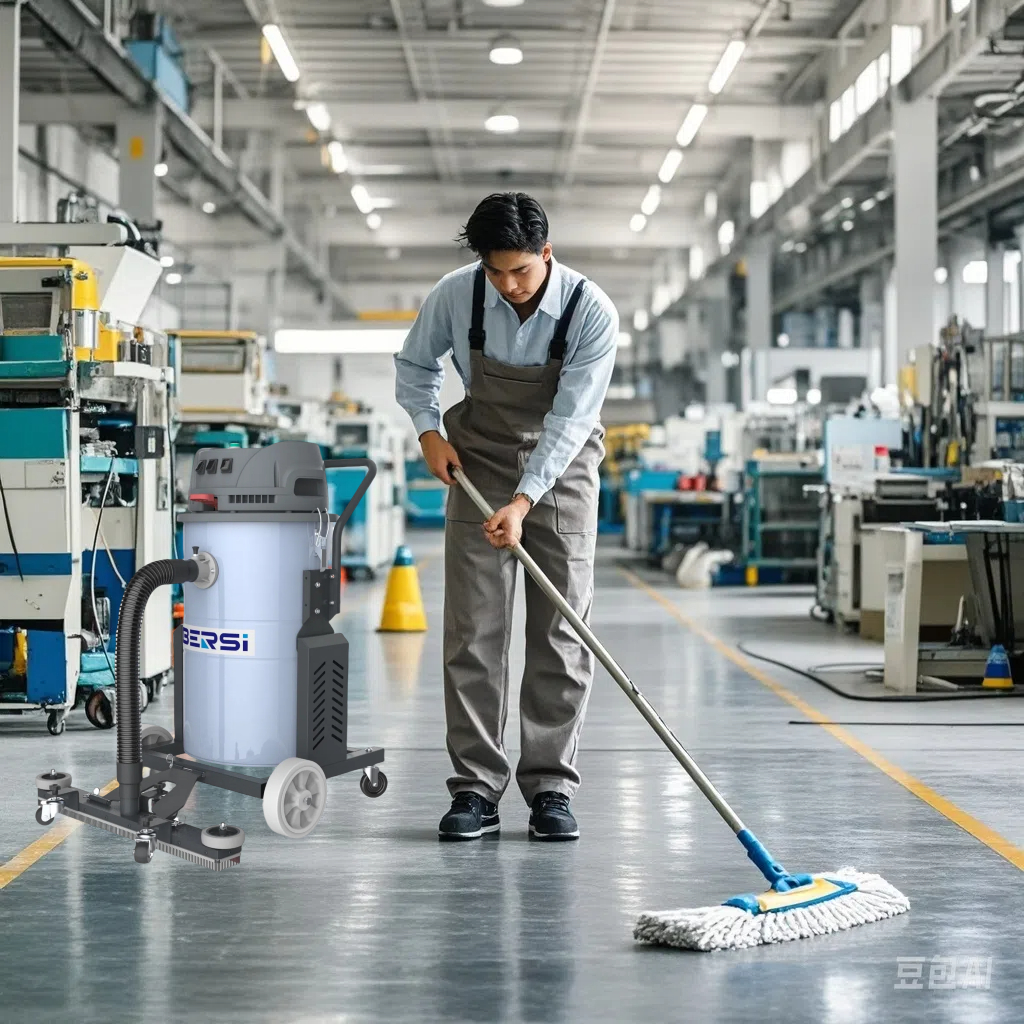The history of industrial vacuums dates back to the early 20th century, a time when the need for efficient dust and debris removal in various industries became paramount.Factories, manufacturing plants and construction sites were generating large amounts of dust, debris, and waste materials. The traditional cleaning methods, such as brooms and manual sweeping, were insufficient to handle the scale and complexity of industrial dirt. This led to the search for more effective cleaning solutions, laying the foundation for the development of industrial vacuum cleaners.
The origins of industrial vacuum cleaners can be traced to the invention of the first mechanical vacuum in the 1860s by Daniel Hess. However, it wasn’t until the 1900s that the industrial vacuum cleaner began to take shape.
In the late 1800s, inventors began experimenting with devices that could suck up dirt and debris. Some early prototypes were based on simple mechanical principles, using wind or air pressure to create suction. For example, there were contraptions with bellows-like mechanisms that attempted to draw in dust.These early attempts, though primitive, set the stage for further innovation. They provided the initial concepts of using suction power to remove contaminants from industrial spaces, which would later be refined and developed into more sophisticated industrial vacuum cleaners.
The Advent of Electric Motors
In the early 20th century, the development of electric motors revolutionized the industrial vacuum cleaner industry. Electric-powered vacuum cleaners offered significantly more powerful suction compared to their predecessors. The use of electric motors enabled a more consistent and reliable source of power, allowing for better performance in collecting industrial pollutants.
Evolution of Filtration Systems
As industrial vacuum cleaners became more prevalent, the importance of filtration systems became evident. Early filtration methods involved simple screens or filters to prevent larger particles from being expelled back into the air. However, with the increasing demand for cleaner air in industrial environments, more advanced filtration technologies were developed.
By the mid-20th century, manufacturers started incorporating better-quality filters that could capture finer dust particles. This not only improved the air quality within the workplace but also protected the vacuum cleaner’s motor and other components from damage caused by dust accumulation.
Expansion in Design and Functionality
The growth of different industries led to a diversification in the design and functionality of industrial vacuum cleaners. For instance, in the automotive manufacturing industry, there was a need for vacuum cleaners that could clean small, hard-to-reach areas inside vehicles. This led to the development of compact and flexible models with specialized attachments.
In the food processing industry, vacuum cleaners had to meet strict hygiene standards and be able to handle both dry and wet materials. Manufacturers responded by creating models with stainless steel construction and suitable filtration systems to prevent cross-contamination.
The history of industrial vacuum cleaners is a testament to the continuous innovation and adaptation to the changing needs of the industrial world. From their humble beginnings to the sophisticated machines of today, industrial vacuums have played a crucial role in enhancing workplace safety and efficiency. As we move forward, continued innovation in this field promises even more effective and sustainable cleaning solutions.
Post time: Oct-26-2024

